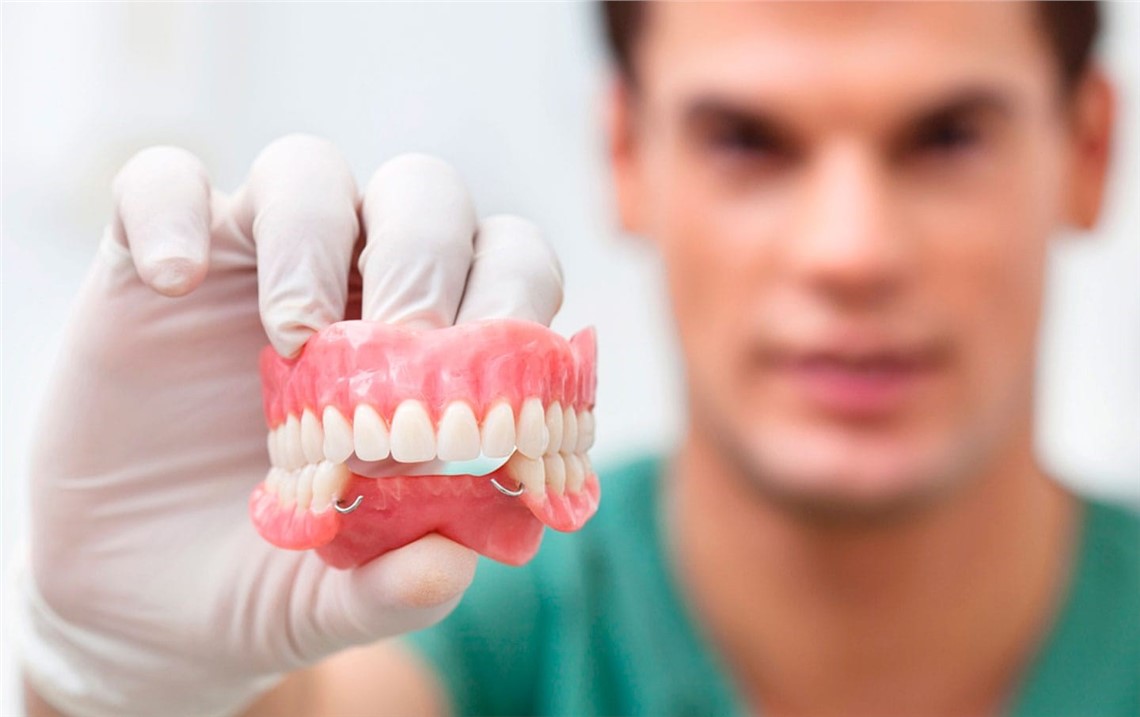Preventative & Restorative Treatment
Preventative dentistry is dedicated to maintaining the health of the teeth in order to avoid necessity for potential corrective dental restorations. Preventative treatment entails frequent dental check-ups and expert cleanings, to preserve good oral health. This reduces the chances of caries, gum problems, enamel erosion, and periodontitis, all of which necessitate treatments of restorative dentistry.
Restorative dentistry is in term for treating decay or damage in the mouth with dental operations. This area of dentistry differs from preventative dentistry in how it focuses on correcting dental issues that have already arisen. The goal of dental restorations is to make teeth look and work better.
Dental decay, chipped or broken teeth, lost teeth, discoloration, misalignment, and diastema are all primary reasons for people undergoing restorative procedures. To address these issues, the dentist may suggest fillings, crowns and bridges, dental implants, or dentures, among other alternatives.

Treatment Duration : 15-30 min (per implant)
Travel time : 3-5 days
Anesthesia : Yes
Implants
Dental implants are screws that are placed in the jawbones to complete missing teeth. It is one of the least complicated and most successful treatments that has been widely used in dental treatment for the last 30 years. Dental implants are successful treatments, but the physician’s decisions play a role in this success.
There are 3 types of implant applications:
- 1-Late period implant application
- 2-Early implant application
- 3-Immediate implant application
Late implant application means waiting for 6 months or more after tooth extraction or implanting in the cavities of teeth that were extracted years ago. Its advantage is that the risk of infection caused by the extracted tooth is minimized. The disadvantage is that as the gravitational cavity is not exposed to chewing, the bone melts as time passes. Many times, these millimeter melts make implant placement difficult. Advanced surgical methods may be needed.
Early implant application is done 6 weeks after the tooth is extracted. The advantage is that the soft tissue healing is completed and the effect of the infected tooth is minimized. The implant is made before the bone melts. The disadvantage is that two surgical procedures are performed at very short intervals.
Immediate implant application. The implant is placed as soon as the tooth is extracted. The advantage is that the transaction ends in one go. The disadvantage is that the application is not performed on teeth with a high risk of infection.
Prostheses

Loss of substance in natural teeth and missing teeth are repaired with artificial materials. Prosthesis treatment is divided into two as removable and fixed prostheses.
Lamina veneers, lumineers, crowns, bridge onlays and inlays are all types of fixed prostheses.
Removable prostheses; Total prostheses: These are removable prostheses made on the jaw with no teeth.
Partial (segmented) prostheses: These are prostheses that are partially fixed and some of which can be attached and removed on the partially toothed jaw.
These are also divided into clasp and precision-retained prostheses.
There are also prostheses called overdentures. They are implants or over-dental total prostheses.
Teeth Whitening
 The use of certain prescription drugs, the frequent consumption of foods and beverages containing dyestuff and the use of tobacco-containing products cause tooth discoloration. In clinical bleaching, the dentist cleans the tooth surface first. After the gum is covered with a protective barrier, bleach is applied to the tooth surface.
The use of certain prescription drugs, the frequent consumption of foods and beverages containing dyestuff and the use of tobacco-containing products cause tooth discoloration. In clinical bleaching, the dentist cleans the tooth surface first. After the gum is covered with a protective barrier, bleach is applied to the tooth surface.
Orthodontics (Clear Aligners)
 Clean aligners (Invisalign/Orthero) are a brace-free orthodontic method applied to fix your teeth. After your aligners are prepared in the laboratory, you can continue your treatment at home.
Clean aligners (Invisalign/Orthero) are a brace-free orthodontic method applied to fix your teeth. After your aligners are prepared in the laboratory, you can continue your treatment at home.





